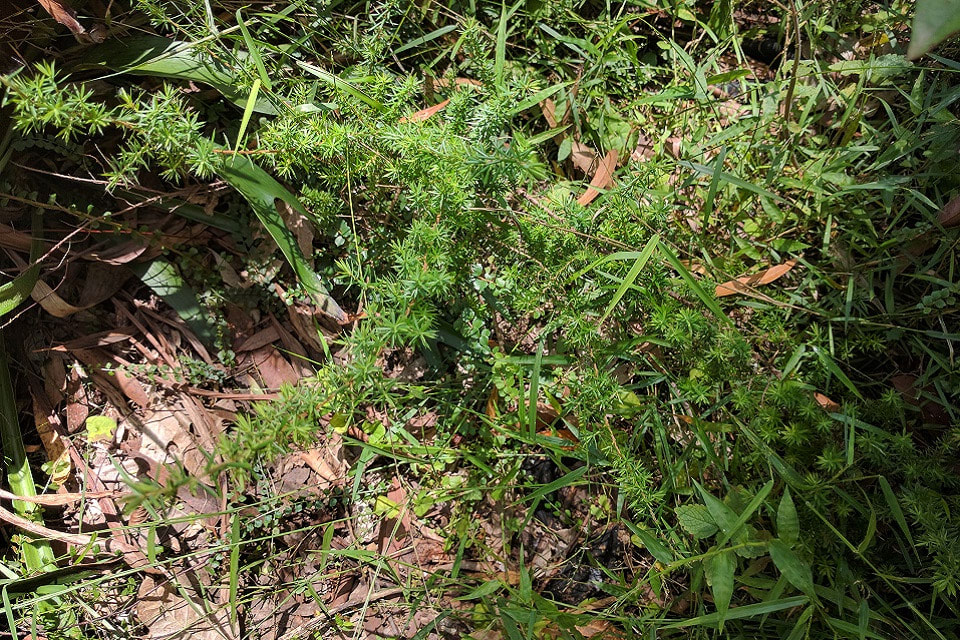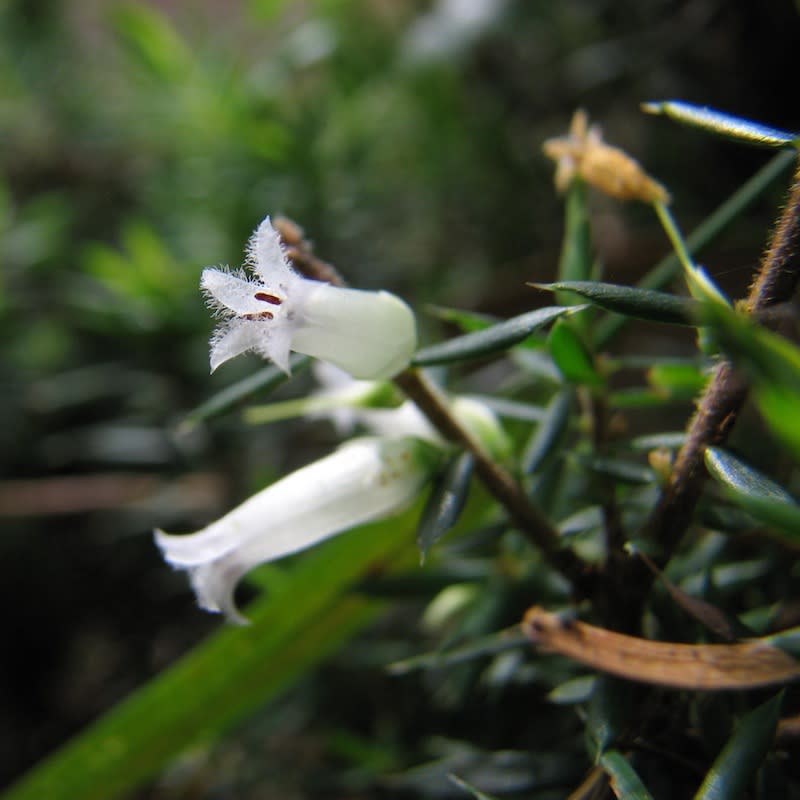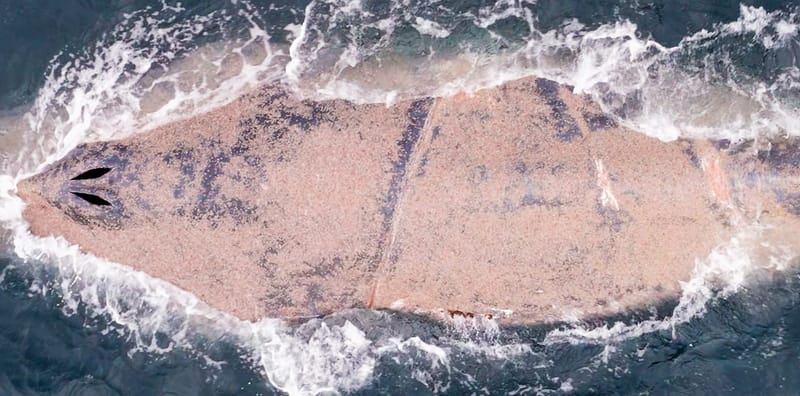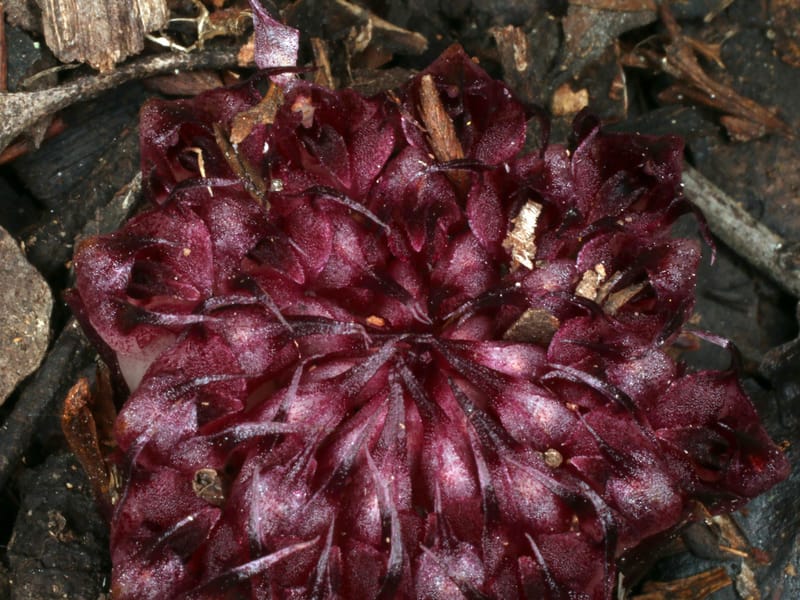Prickly but pretty… or pretty but prickly?
Right now a low little prickly shrub, that barely grows past your knee, is putting out tiny narrow white flowers, and doing its best to attract a range of pollinators in this wintry spell. The Prickly Beard-heath or Leucopogon juniperinus, is an...
Right now, a low little prickly shrub, which barely grows past your knee, is putting out tiny narrow white flowers, and doing its best to attract a range of pollinators in this wintry spell.
The Prickly Beard-heath or Leucopogon juniperinus, is an understorey species of wet sclerophyll forest, and is often found in the shade beneath towering Blackbutts (Eucalyptus pilularis), Wollongong Woollybutts (E. saligna x E. botryoides) and Grey Ironbark (E. paniculata). It can be quite common in these situations, particularly in well-drained soils. You can see it in natural areas along the escarpment foothills, such as Alvan Parade Reserve in Mount Pleasant.
A member of the heath (Ericaceae) family, it has several close relatives in the region that share the same tubular flowers, which have hairs inside the flower tube ('leucopogon' meaning 'white beard' in botanical Latin-speak). It is the smallest local member of the Leucopogon genus.

Prickly Beard-heath's flowers are tiny but cute when you get to admire them close up. This stunning close-up by ecologist Dan Clarke shows the white hairs on the petals, which help distinguish Leucopogon species from other species in the heath (Ericaceae) family.

In terms of pollination, Leucopogon species are known as having 'unspecialised flowers', meaning they are not adapted to be pollinated by any particular species or group of pollinators. Bees, flies, butterflies, wasps and moths may all pollinate Leucopogon flowers.
If you've got a Prickly Beard-heath flowering near you, it might be an interesting exercise to stake it out and record the species of insect that come to the flowers. Hover flies are still active at this time of year, despite the chill, and who knows what else is out there doing pollination duty?
Emma Rooksby is the coordinator of Growing Illawarra Natives





